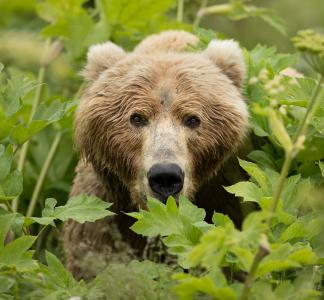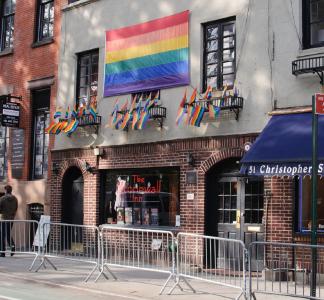Nature is queer—and we should embrace that!
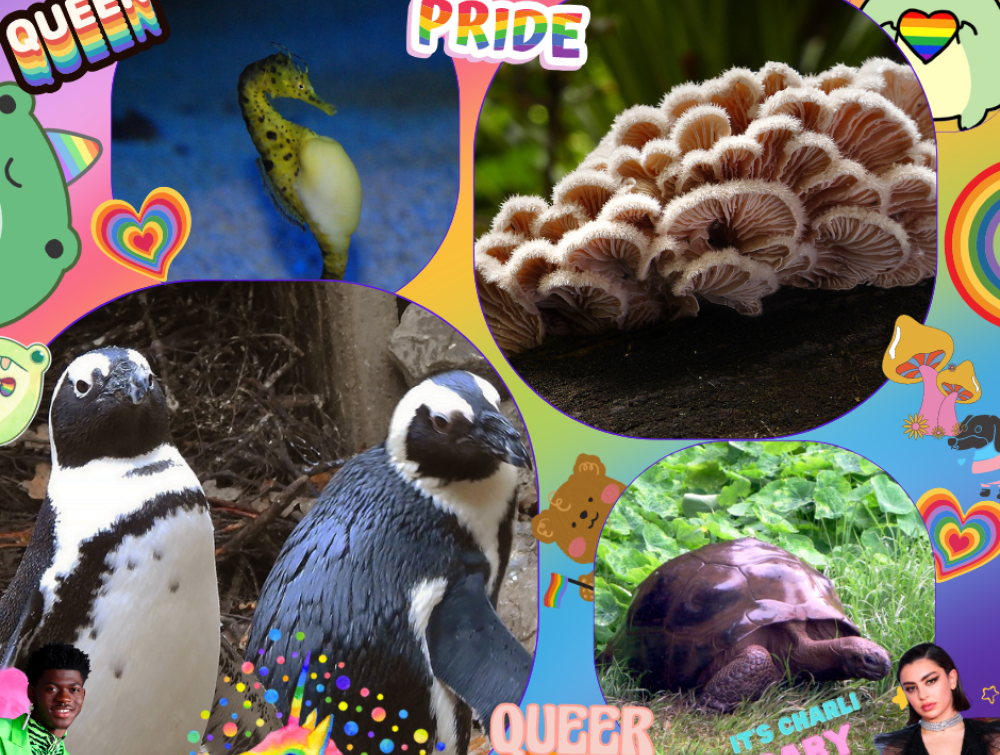
The Adventures of Kristin & Adam, Flickr;Bernard Spragg, Flickr;DierenPark Amersfoort;David Stanley, Flickr
A pregnant seahorse at the Duluth Aquarium, photo by The Adventures of Kristin & Adam, Flickr; a Schizophyllum commune, type of fungus, photo by Bernard Spragg, Flickr; an African penguin-gay couple from DierenPark Amersfoort (Dutch zoo), photo by DierenPark Amersfoort; Jonathan the giant tortoise and a gay icon, photo by David Stanley, Flickr.
3 reminders that nature and ecology are as fabulous as Pride itself
It started innocently enough: I was looking for funny birds on Twitter. But eventually, I stumbled on a study that detailed a (basically switch) lesbian relationship between two female American kestrels. I won't get into all the details because it might get a bit NSFW (it talks about positions, sounds, and time spent doing... stuff). Suffice to say those birds reminded me yet again that nature itself is queer and ecology studies can be, as well!
Let's dive headfirst into the concept of queer ecology — an increasingly visible field of study that explores the intersection of queer theory and environmentalism — and explore why nature is strutting its stuff in all its queer glory. Here are three things to remember about this idea.
1. “Queer ecology” recognizes that nature is fluid and non-binary
Queer ecology is all about breaking down those old-school ideas of heteronormativity and gender conformity to reveal the complexity and fluidity present in both human and non-human ecosystems. It recognizes that nature isn't binary, and that queerness can be found throughout the natural world, disrupting normative expectations and highlighting the fluidity of life.
Queer ecology challenges the hierarchies and binaries that have historically been imposed upon both human societies and nature.
2. Numerous wildlife species challenge our ideas about sexual and gender norms
What do we mean when we talk about fluidity and disrupting expectations in nature? For instance, many animal species engage in same-sex relationships. Same-sex behavior has been found in about 1,500 species, including penguins, lions, bottlenose dolphins, orcas, monkeys and some lizards. Fun fact: the world’s oldest tortoise, Jonathan, is also gay!
There are also many examples of organisms that challenge the binary categorization of male and female biological sex. From clownfish that change sex based on social hierarchy; to species that have both male and female reproductive organs, like worms and roses; to male seahorses who give birth, nature showcases a spectrum of possibilities.
Especially as people in the LGBTQ+ community continue to be stigmatized and demonized as "unnatural," it's important to remember these cases that show queerness isn't a mistake or a departure from how things should be — it's quite literally woven through the natural world.
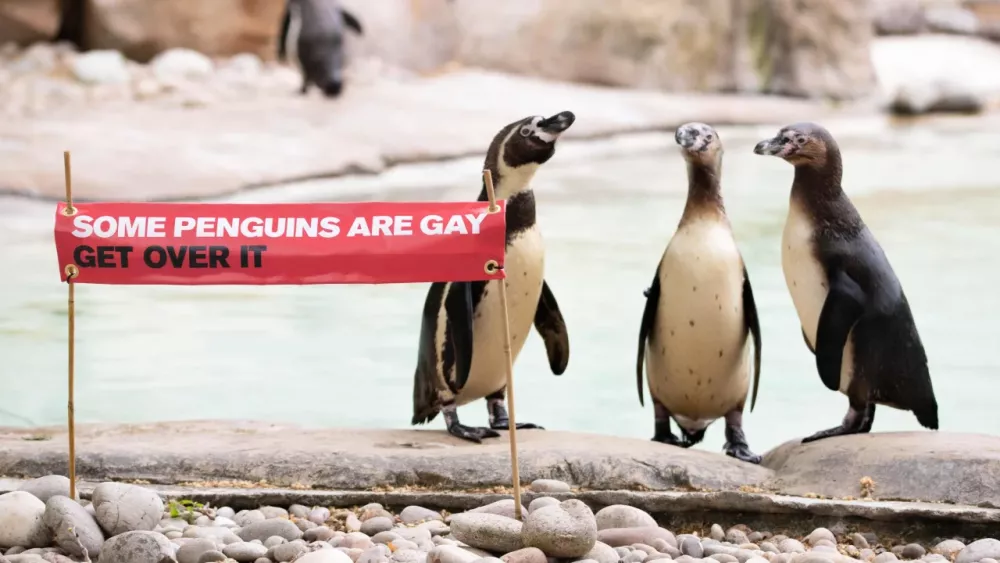
Ronnie and Reggie, a gay Humboldt penguin couple at the London Zoo.
London Zoo
3. Queerness is about collaboration and interdependence—among people and the rest of nature
Ecosystems thrive on diversity and collaboration, human and nonhuman alike. Queer ecology recognizes the interdependence within ecosystems and emphasizes the importance of diverse relationships. Many organisms within an ecosystem rely on each other for survival, like bees and flowers.
Other examples of collaboration and interdependence can be found in Bromeliads, a family of flowering plants that can contain complex micro-ecosystems. The water collected and accumulated within the flower’s cup creates a habitat for various organisms to thrive, including algae, fungi, mites, worms, and even some frogs and birds.
Queerness advocates for the acceptance and celebration of diverse identities, and like ecosystems, these communities embody a profound interconnectedness through chosen family and community that fosters diversity, resilience, and growth.
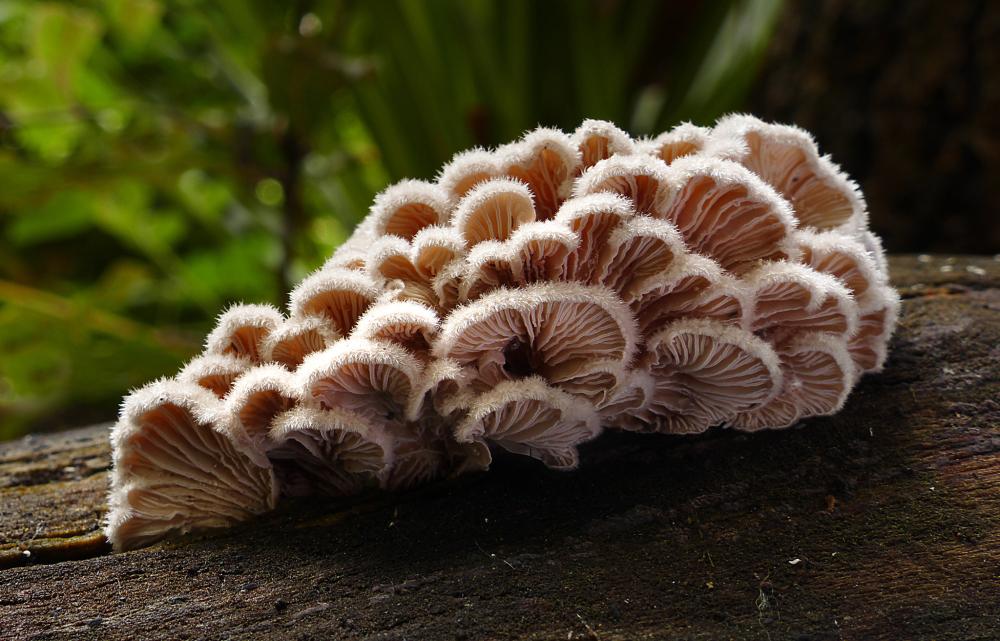
Schizophyllum commune is a common species of fungus with more than 28,000 sexes.
Bernard Spragg, Flickr
Queer ecology invites us to see the natural world in all its glittery, rainbow-colored glory.
In practice, queer ecology means changing language and scientific theories to reflect the true nature of nature. It's a reminder that diversity and queerness are woven into the very fabric of life on this planet. That queerness is not an anomaly but a natural way of living.
Understanding and integrating the principles of queer ecology into our conservation efforts allows us to create more inclusive, just and effective strategies for conserving public lands and waters, while also curbing climate change by fostering biodiversity, promoting resilience and empowering communities to actively participate in environmental stewardship. So, let's embrace the queer side of nature, celebrate its fabulousness, learn from it and use that energy to create a more inclusive and sustainable world.

